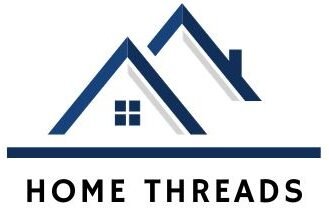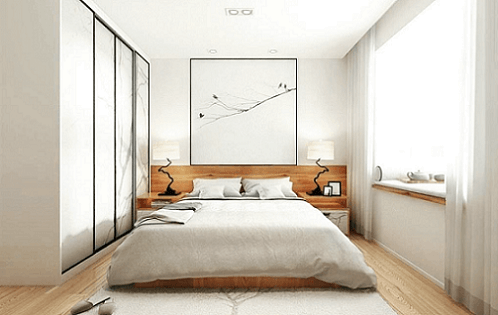Hey there, let’s chat about something that hits close to home for many folks in New South Wales (NSW) – housing. Yep, it’s that thing we all need, but sometimes struggle to find in the land down under.
So, recent figures have come out revealing a bit of a head-scratcher: around 100,000 homes in NSW are sitting empty, not being used for long term living.
Getting to Grips with the Numbers
So, you’re probably wondering where these figures are coming from, right? Well, it’s a mix of official government data and insights from housing folks who keep a close eye on these things.
They’ve crunched the numbers and found out that there’s a whole bunch of properties just chilling, from vacant houses to holiday homes, even investment properties that are collecting dust instead of tenants.
The data reveals a significant disparity between the number of available homes and the number of people in need of housing in NSW. With homelessness rates on the rise and many individuals and families struggling to find stable accommodation, the issue of underutilized housing has become a focal point of discussion among policymakers, housing advocates, and community organizations.
Why Are These Homes Gathering Dust?
Now, onto the big question: why the heck are all these homes sitting around twiddling their thumbs?
Well, one big reason is that some folks buy up properties not to live in or rent out long term, but to make a quick buck down the road.
Yep, it’s all about making that sweet, sweet profit. And then there’s the rise of short-term rental platforms like Airbnb, where homeowners might prefer hosting tourists over having long-term tenants. While this can be lucrative for property owners, it reduces the availability of housing for residents in need.
What’s the Big Deal?
So, why should we care about all these empty houses? Well, it’s like this: when there are tons of homes just sitting there, it drives up competition for the ones that are available. And you know what that means – higher prices.
It’s like trying to snag tickets to a sold-out concert – except it’s your home we’re talking about here. Plus, all these empty houses contribute to homelessness, pushing more people into crowded or even unsafe living conditions.
What Can We Do About It? Potential Solutions
Alright, time for some solutions. We need to get creative here. How about we start by shaking things up with some policy changes?
- Policy Reforms: Implementing policy reforms to discourage property speculation and incentivize long term housing, such as introducing taxes or levies on vacant properties or properties used for short term rentals.
- Regulation of Short Term Rentals: Implementing regulations to limit the impact of short term rental platforms on housing availability, such as imposing restrictions on the number of days a property can be rented out per year or requiring property owners to obtain permits for short term rentals.
- Affordable Housing Initiatives: Investing in affordable housing initiatives to increase the supply of affordable homes for low and moderate income residents, such as funding the construction of social housing or providing subsidies for affordable rental properties.
- Community Engagement: Engaging with local communities and stakeholders to raise awareness about the issue of underutilized housing and promote sustainable and inclusive housing practices.
- Data Collection and Monitoring: Improving data collection and monitoring mechanisms to better understand the extent of underutilized housing and track progress in addressing the issue over time.
Wrapping It Up
Bottom line: having all these homes just sitting there gathering dust isn’t doing anyone any favors. It’s time to roll up our sleeves and get to work finding solutions that make housing more accessible and affordable for everyone. Let’s turn those empty houses into happy homes, yeah?







